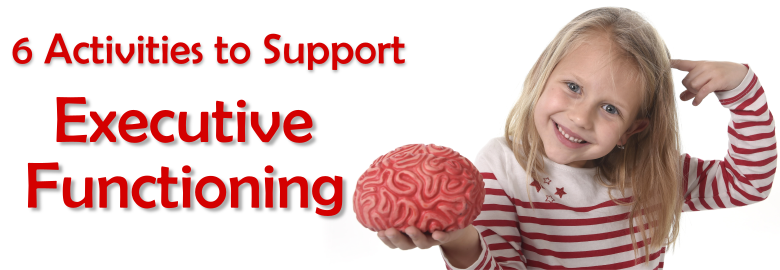
6 Activities to Support Executive Functioning
According to LDOnline.org, executive functioning is an umbrella term for the processes that have to do with managing oneself in order to achieve a goal. These are the neurologically based skills involving mental control and self-regulation. When children or adults have executive functioning challenges these may show up as difficulty paying attention and staying on task, being disorganized, or having a hard time thinking flexibly. Providing visual supports promotes students increased independence. Directly targeting students’ areas of need with opportunities to practice strengthens their ability to problem solve in difficult situations.
The Sharing Center has activities to support learners of all ages in successfully managing executive functioning processes.
1. Step-by-Step Sequence Visuals: Step-by-Steps show the process to accomplish a task, and make the task less overwhelming. This material "how to work through a math problem" provides viusal reminders to help students with working memory or attention challenges stay on task.
Here are directions on how to check out a book in the library.
2. Checklists: Checklists help us mark tasks that have been completed and plan what to do next. Here is a weekly checklist for students to keep their desk clean and organized.
3. Practice Situation: Practicing how to respond to challenging situations helps students learn to think more flexibly.
4. Set Goals and Reinforcement: One of the best ways to complete work is to know the goal of the task and establish a reinforcement when complete. Adults can help students identify what they need to do, how to do it, and make a reward. The reward can be small and self-imposed such as a drink of water, small walk, or self-praise. Or, the reward may be exernal from another such as ipad time, sticker, preferred activity, or praise.
Visuals can help with goal identification and reinforcements. It may be as simple as a "First-Then" or "First-Then-Last".
The "I am working for" template shows the reinforcer or goal, and the steps or choices to achieve it.
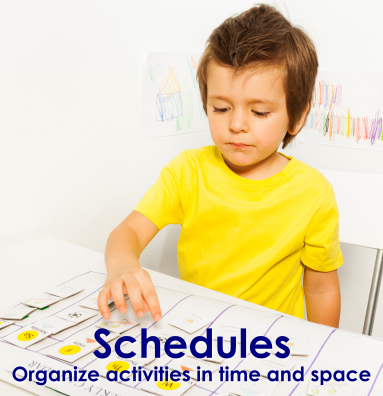 5. Create Schedules: Schedules help organize tasks in time (9:00) and space (at the library). Knowing what and when to do tasks help students complete tasks in a timely manner and makes finishing work possible.
5. Create Schedules: Schedules help organize tasks in time (9:00) and space (at the library). Knowing what and when to do tasks help students complete tasks in a timely manner and makes finishing work possible.
Here is a step-by-step sequence for "Max" to complete his chorse. Max will cut and sequence the schedule himself to plan what he needs to do.
More examples of schedules show ways to complete tasks in a timely manner.
6. Visual Reminders: Visual reminders are supports to help students along the way to completing tasks. These can be pictures of clocks, expectations, materials, or loactions. They may hang on the wall, attach to lanyards, bookmark a book, or fixed to desk or chair. Here are some examples of visual reminders to help students complete tasks.
Occupational Therapy #OT
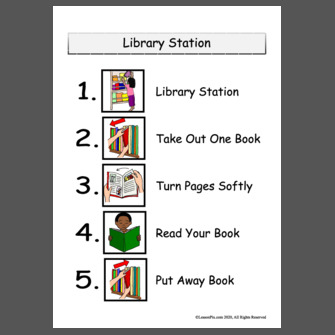
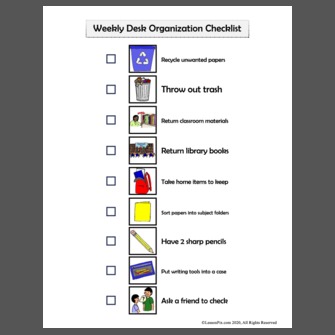
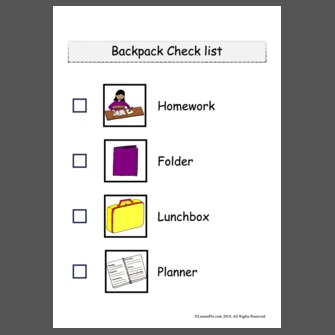
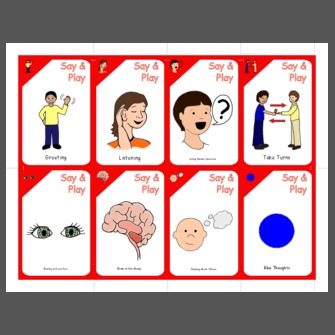
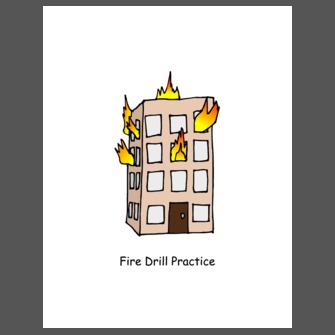
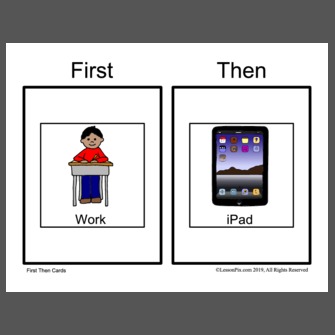
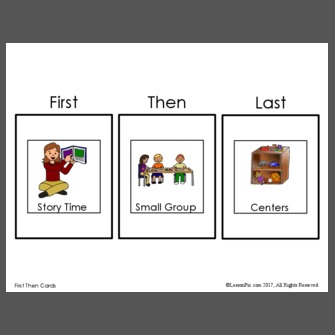
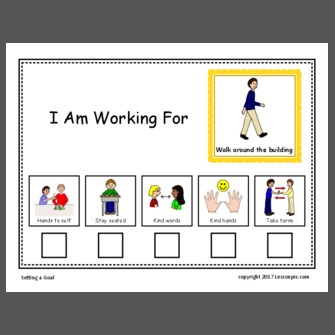
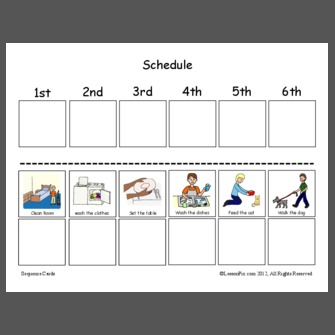
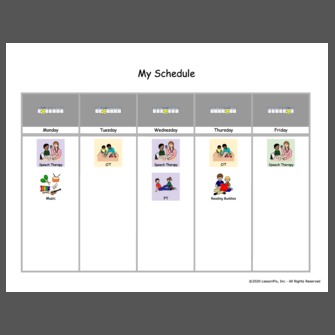
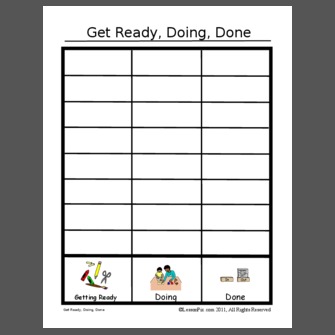
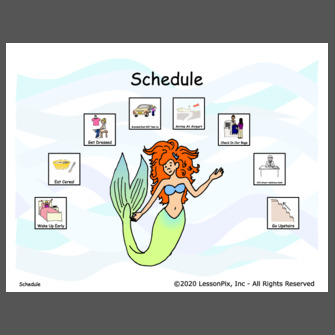
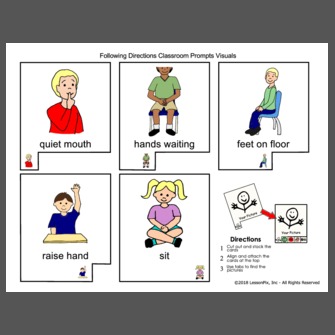
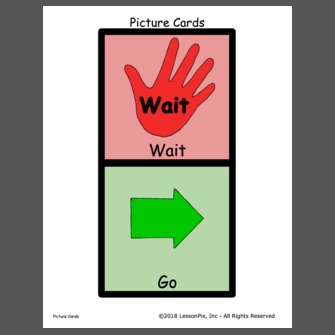
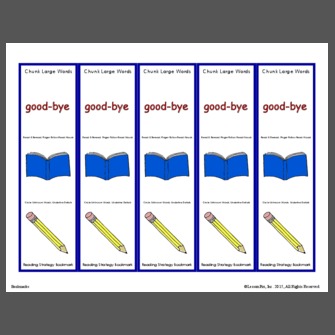
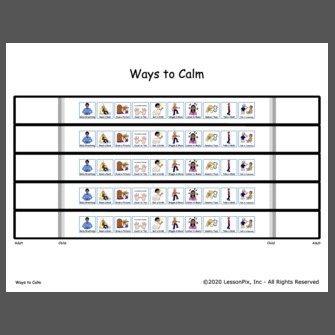
 Facebook
Facebook Twitter
Twitter Pinterest
Pinterest